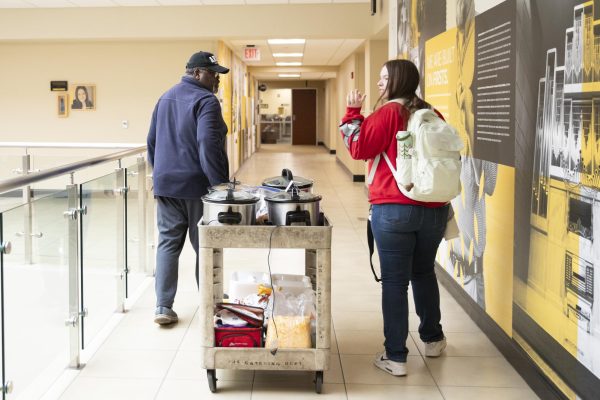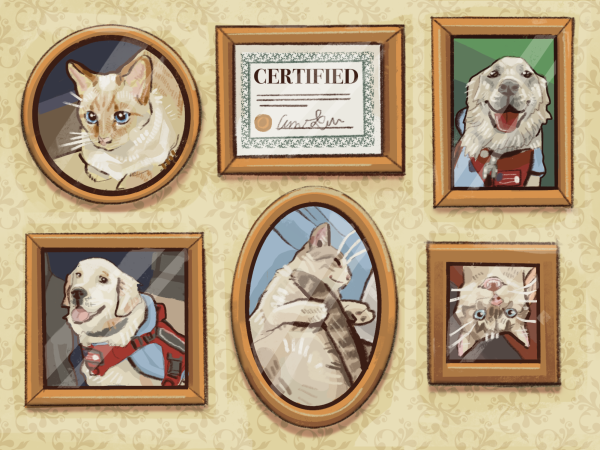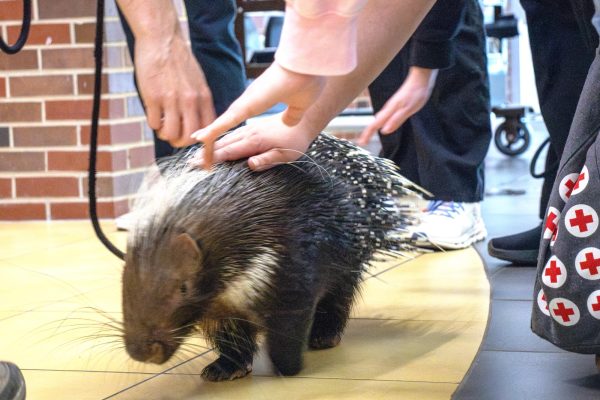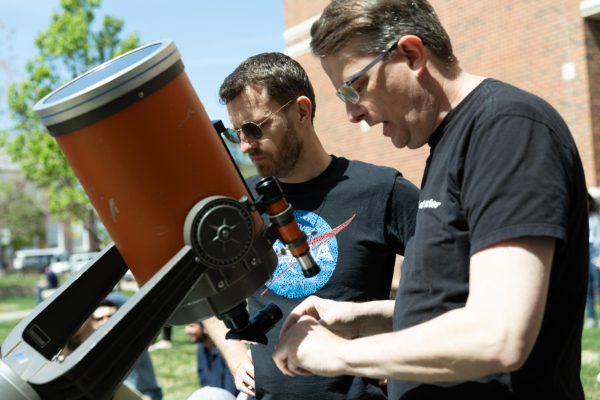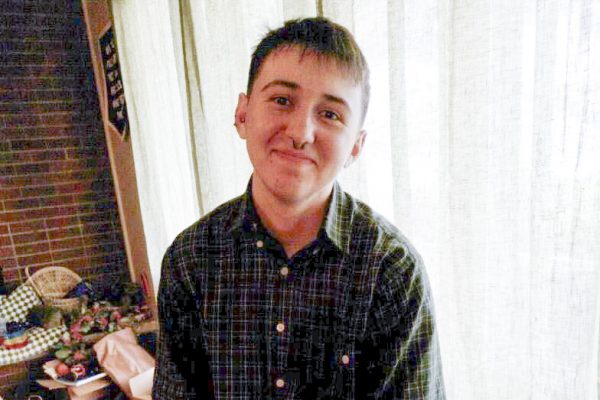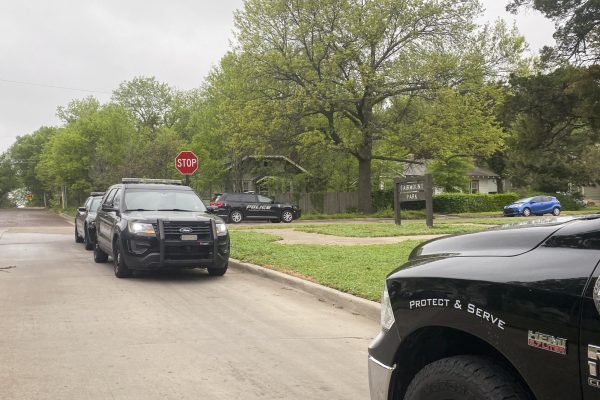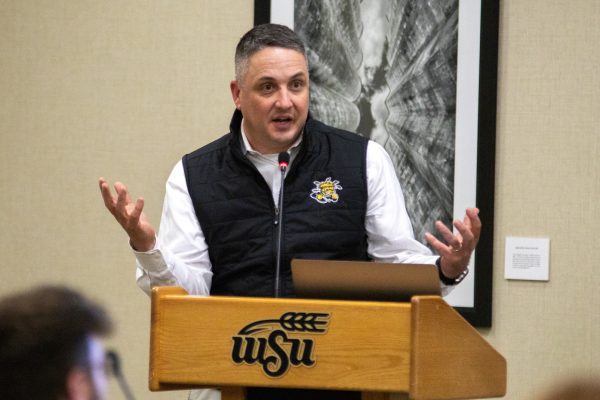NIAR studying direct effects of lightning
The Electromagnetic Effects (EE) lab at Wichita State is undertaking shocking research.
The EE lab is the newest addition to the National Institute for Aviation Research (NIAR) on campus.
The lab tests the effects of lightning on aircraft materials and electronics and is one of three available commercially in the United States, according to Tracee Friess, director of communication and special programs for NIAR.
“The lab serves as an economic driver for WSU, Wichita and the state of Kansas,” Friess said. “Keeping research and testing dollars in the mix and attracting business from across the nation allows students to get hands-on applied learning experience in their career field, working with companies that could potentially hire them upon graduation.”
The EE lab operates off a special generator designed to deliver 200,000 AMPs of electricity in 500 microseconds — a lethal dose equivalent to a bolt of lightning.
Aircraft have long been built with metal shells, which allow the current brought by lightning to pass through an aircraft’s body without penetration. However, advancement in composite materials engineering, which provides strong and lightweight shells, has led to the need for testing new parts and materials non-conductive materials.
In an interview with Wichita television station KWCH, Billy Martin, director of the EE lab, told reporters that these materials, if unprotected, could lead to burn punctures in the aircraft, which can cause explosions. The lab’s purpose is to make sure parts of an aircraft can divert the electricity fast enough to avoid critical damage.
Martin said that aircraft are struck by lightning three to four times a year, which makes this research essential.
The lab operates on a contract basis. Contracts for testing can be bought by commercial organizations and government bodies. Right next door to Wallace Hall, NIAR is a separate entity from the WSU College of Engineering.
“The research and testing performed by NIAR are all industry and government driven contracts,” Friess said. “We have a lab rate for all of our services. It brings in revenue to NIAR and WSU.”
Besides keeping aircraft in the air, the EE lab is an avenue for students to get experience.
NIAR employs 200 WSU students, and 30 of them work in the EE lab.
Friess says that NIAR will always expand on the basis of need in the industry.
“The next big project is the 3-D Experience Center which is a partnership with Dassault Systemes,” Friess said. “Parts of the center are already coming together in one of our labs at the National Center for Aviation Training but will move into the Experiential Engineering building on Innovation Campus next fall.”
For students from any academic department wishing to find a job with NIAR on campus, they can visit WSU NIAR’s website and submit an application any time.




